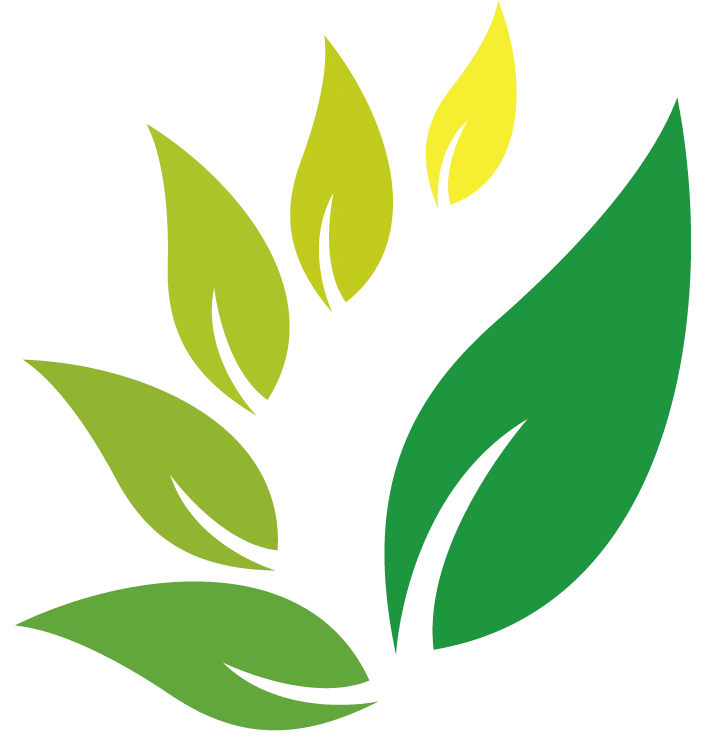Saffron
Average reading time:2 minutes
Introduction
Saffron,known as Crocus sativus,is one of the most luxurious and expensive spices in the world. Dehydrated stamens from the flowers of the plant are used in a variety of traditional and modern recipes,providing unique flavor and intense color.
Product Characteristics
It has a characteristic deep orange-red color,with fine,long threads that are fragile in texture. Its aroma is rich and aromatic,with sweet and earthy notes. When used,its flavor is unique,adding depth to dishes and harmoniously combining with other flavors.
Nutritional Information
Saffron is rich in vitamins,minerals,and antioxidants. It contains vitamin C,B vitamins,iron,potassium,and magnesium. Its antioxidant properties make it particularly beneficial for health.
Nutrients per 100 grams
The following are the nutritional components of saffron per 100 grams:
- Calories:310 Kcal
- Proteins:11.43 g
- Fats:5.41 g
- Carbohydrates:65.37 g
- Fiber:3.9 g
- Vitamin C:80 mg
- Iron:11.43 mg
- Potassium:1714 mg
- Magnesium:264 mg
Health Benefits
Saffron is known for its many health benefits. Scientific studies have shown that it may help combat depression,improve heart health,and enhance memory. Its anti-inflammatory properties may help reduce inflammation in the body and provide pain relief. It is also beneficial for skin health and may be used to improve vision.
History and Origin
The use of saffron dates back over 3,000 years,with references in ancient civilizations such as the Egyptians and Persia. It was used not only for culinary purposes but also in traditional medicinal treatments. Today,Iran is the main producer of saffron,but it is also successfully cultivated in Spain and Italy.
Uses in the Kitchen
Saffron can be used in a variety of dishes,such as:
- Saffron risotto
- Soups and sauces
- Desserts,such as rice pudding or ice cream
- Lamb or chicken with saffron
How to Use It
It is recommended to soak a tablespoon of saffron in warm water or broth before use. The dosage can range from 5 to 10 stamens per meal,depending on potential flavor outcomes.
Storage
To maintain its quality,saffron should be stored in an airtight container,in a cool,dark place. Exposure to light and moisture should be avoided.
Cultivation
Saffron is primarily grown in areas with a warm climate and well-drained soils. Sowing usually takes place in August-September and harvesting in October-November. Care includes watering,weed removal,and protection from pests.
Important Information
Saffron can cause allergic reactions in some individuals. It is important to avoid excessive consumption,as it can cause side effects such as dizziness or nausea. Always consult a doctor before using it for therapeutic purposes.
Source:ChatGPT





